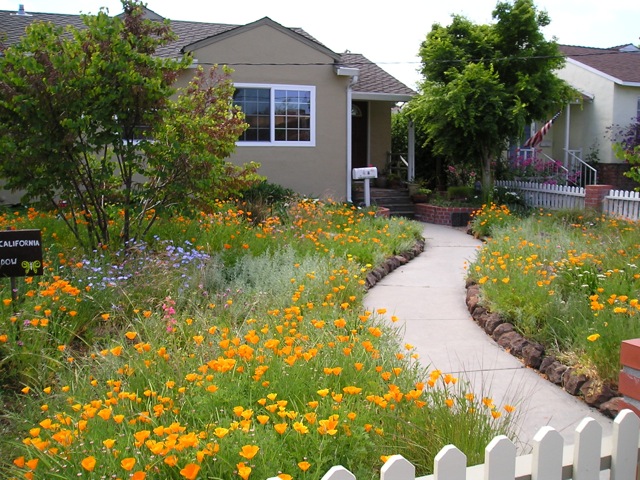Pinellas County is the first “Bee City USA” county in the state of Florida. The “Bee City USA” program is a recognition program from the Xerces Society, a nonprofit organization dedicated to invertebrate conservation. “Bee City USA” designation can apply to a city or county, and there is even a “Bee Campus USA” for schools. To qualify, a city or county must commit to conserve native pollinators, increase native plants, provide nest sites, and reduce the use of pesticides. Most importantly- they need to spread the word about conserving our pollinators through education.
Native bees are the focus (though European honeybees benefit too) with over 315 native bee species in Florida and over 3,600 in the United States. With so many little insects to help you might be wondering how you can get involved- read on!
Follow the 5 “Bees” to Support Pollinators:
“Bee” Sunny and Open
Bees need flowers for nectar and pollen- both critical to bee nutrition and energy. Flowers usually grow best and flower more in sun. Although there are shade pollinator plants, a sunny, open location is preferred.
“Bee” Diverse
Plant a variety of colors, heights, and flower shapes and incorporate flowering trees, shrubs, groundcovers, and wildflowers. Make sure there are blooms year-round. Avoid double flowers (too hard to reach nectar) and hybrids (breeding may change flowers so bees don’t recognize them). Plant native plants because native bees evolved with them and recognize them readily.
Bees prefer daisy-like flowers and honeybees especially like open flowers. Clusters of blooms are wonderful- one stop provides multiple flowers, saving insect energy.

Photo by: Agi Kehoe
“Bee” Colorful
Most bees prefer blue, violet, purple, yellow, and white flowers. If your favorite flowers are a different color, mix them in too. Butterflies and hummingbirds generally prefer red, orange, and yellow flowers, so a rainbow provides for all. Plant in masses of color so pollinators can enjoy many flowers in one stop.
“Bee” Welcoming
Provide a water source for your bees. You can provide a shallow dish of sand, gravel, and rocks that you keep wet, or open sandy places in the garden with rocks where they can visit after a rain. Butterflies also benefit from these “puddling stations”. Open soil also provides more bee habitat. Many native bees are solitary and need bare soil to build a home underground. Pollinator hotels can be built from hollow stems such as bamboo or you can simply plant grasses and shrubs for them to nest in hollowed out stems.
“Bee” Gentle
Pesticides kill insects, even the organic ones, and should be used only as a last resort. Most of our pollinators are insects (or eat them), so learn to tolerate insects in the landscape. A garden without insects in unhealthy. If you must use a pesticide (after correctly identifying a pest and exhausting all other control methods), use it only in the immediately affected area. Never use insecticides in a large area because you will kill helpful insects too.
Contact your local Extension office to learn more, take a class, or ask a garden expert about what to plant!
 5
5

